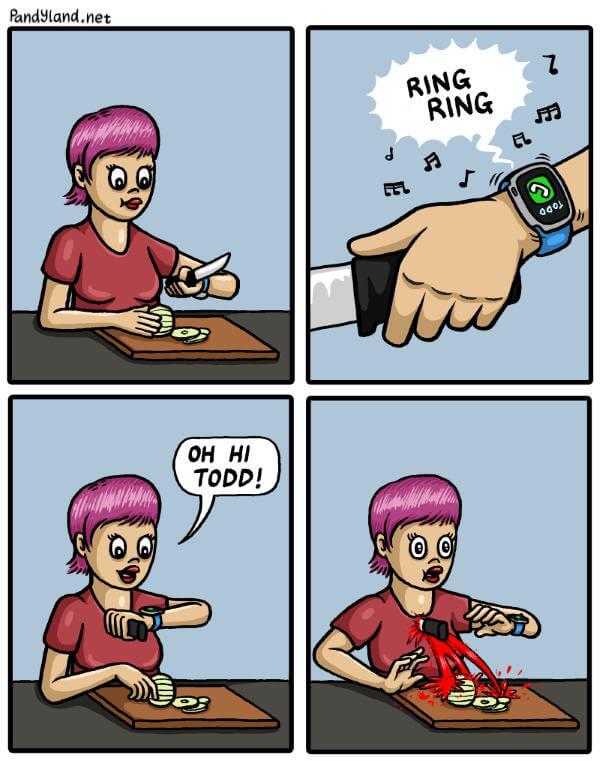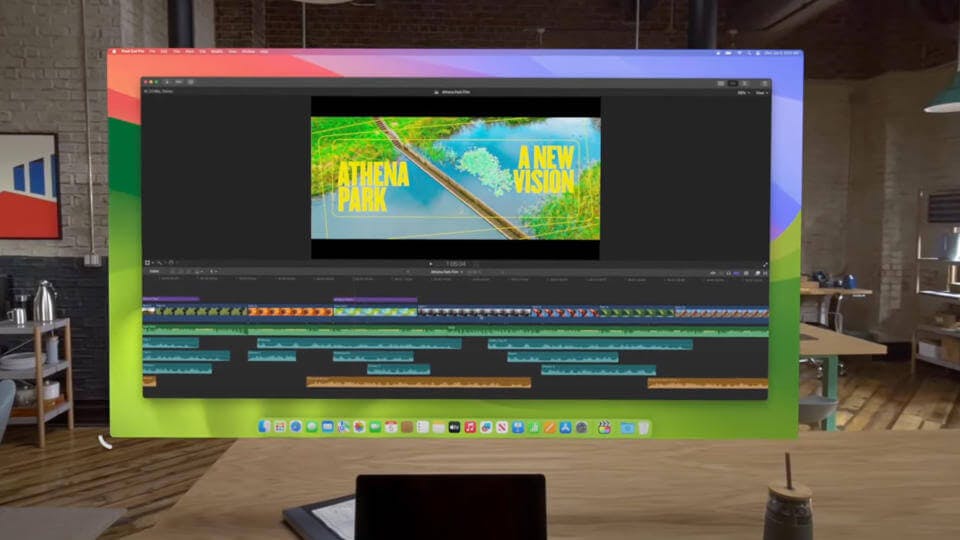- Published on
Apple Has Come Full Circle
- Authors

- Name
- Zane Helton
- @ZaneHelton
That Initial Spark
I have a fond memory of walking into my high school biology class and pulling out that gold iPhone 5s. We all took turns bombarding Siri with random questions just for the sheer fun of it.
In that moment, it felt like I was holding a glimpse of the future. The fingerprint scanner was straight out of a movie, and I was hooked.
Thus began my journey into the Apple ecosystem.
Finding the Limit
Shortly after that initial spark, I discovered the captivating world of jailbreaking. It was a vibrant community of iOS enthusiasts who dared to push the boundaries of the platform before Apple could. It provided a space for developers to bring their creative ideas to life on their own hardware. We were like unofficial Apple employees!
Over the years, Apple grew more resistant to jailbreaking, and in hindsight, they were probably right to do so. Jailbreaking always posed security risks, and with each new iteration of iOS, Apple tightened its security measures, making jailbreaks increasingly rare. This marked the beginning of the end for me.
Combine Apple's crackdown on jailbreaking with their restrictive walled garden mentality, and I gradually developed a distaste for the company. It seemed like they were making decisions that hindered developers from unleashing the next big breakthrough.
Two Big Misses
I know no one cares now, but I was a huge fan of Objective-C. I had invested a considerable amount of time into learning the ins and outs of that beautiful language and then in 2014, Apple announced that they were taking my favorite language to the grave.
When Swift was introduced, I held onto hope. But very quickly I ran into issues with the language and the tooling and all I could think about was how much worse it was than Objective-C.
Then, when the Apple Watch was announced at WWDC, I remember feeling immense disappointment. Their next big hit is a watch? This doesn't feel like the future, it feels like a battery with a screen and a strap. The screen is too small to do anything meaningful and who in their right mind is going to walk around with this? (In retrospect, I was mistaken, and I eventually realized I had misjudged its potential.)

The Revival
Following that disappointment, I distanced myself from Apple for a few years. I ignored ARKit, HomeKit, and all the other kits introduced during that time. Apple seemed to be copying their competitors, offering less value, and charging exorbitant prices. It felt like a mockery.
Then, in 2020, Apple announced the M1 chip. I remember hearing the initial reviews of the chip and thinking, "Wow, this might be the future again." It was far outpacing the previous generation of MacBook Pros without breaking a sweat. I was really impressed.
At the time, I was still using my 2016 MacBook Pro, which was becoming frustratingly sluggish. As a developer, this posed a significant problem because I was restricted by the hardware's limitations.
Financial constraints prevented me from purchasing the latest M1 devices, so I decided to set up a Hackintosh instead. Through the Hackintosh, I achieved modern performance at virtually no cost. Finally, I could engage in "real work" without the constraints of inadequate hardware. At this point, I was starting to feel the hooks again. macOS felt better than Windows or Linux ever has to me and I've used them all very extensively.
My Experience w/ Oculus Rift S
Having owned the Oculus Rift S, I can understand why the average consumer perceives VR as an expensive toy. The Oculus was not something I used daily; it primarily focused on a specific type of gaming experience.
I quickly realized that there weren't many compelling games that truly leveraged VR's potential. I think that's because VR games are notoriously difficult to build. BONEWORKS and Half-Life: Alyx were the only two games that truly blew me away. The rest were largely forgettable.
As a developer, naturally the next thing I wanted to try was using VR to replace my monitors. I remember installing countless programs (some of which were paid), and they all sucked! I think the biggest pain points were the following:
- The resolution is insufficient. Small text is often pixelated.
- The screen door effect is very noticeable.
- I felt disconnected from my physical workspace; I couldn't see my keyboard, mouse, or any other peripherals on my desk.
- The user experience was abysmal. Switching between apps and windows was cumbersome, typing was difficult, and overall usability was lacking.
- You often need to fumble around to find your controller to interact with the virtual environment, the mouse is restricted to the virtual monitor.
After several attempts, it became clear to me that VR was not yet ready to serve as a productivity tool, despite my initial hopes. It is predominantly geared toward gaming.
If you'd like to see "the best" Virtual Desktop available for the Oculus, checkout this awkward demo from Meta themselves.
Vision Pro Announcement
I heard about this year's WWDC but decided not to tune in. I preferred to focus on my work. However, a few hours later, I stumbled upon an article about the Vision Pro on Hacker News. What? They announced it? "Vision Pro?"
I immediately went and watched the keynote. As it unfolded before my eyes, tears welled up. This looks like the future, and it's within reach. If Apple can deliver on what they showcased (and based on initial reviews, I wholeheartedly believe they will). This is the first generation of a new era in computing— what they're calling "Spatial Computing."

This time, I felt no doubt like when the Apple Watch was announced. This was the kind of advancement that makes the developer inside of me excited. I cannot wait to get my hands on one.
Apple has addressed every single pain point I had with the Oculus as a productivity tool. Even if the Vision Pro has a two-hour battery life, I can see its immense potential. It appears to offer a seamless XR solution, and I can't help but feel excited about it.
On top of addressing the core productivity issues, Apple showcased some features that really make this thing feel futuristic: World anchors, Personas, and SharePlay. I'm really excited to see how it goes.
What Now?
I suppose it's time to reacquaint myself with Swift. Yesterday, I created a small macOS/iPad application using SwiftUI to prepare for the Vision Pro (you can find the source code here). I can tell the language has matured and SwiftUI is objectively better than Objective-C, AutoLayout, and Storyboards. I'm going to start diving into ARKit and I might pick up Unity again. I'm also going to learn how to use RealityKit, Reality Composer, and SharePlay as soon as possible.
I've already devoured all of the WWDC videos on Spatial Computing and without getting into the specifics, I'm certain that Apple's approach to the developer tools and the software is going to be the best in the industry.
Welcome Back
It has been quite a while since I've felt such genuine excitement about a product. I can't speak for everyone's sentiments regarding Apple between 2014 and 2020, but personally, I'll give them another shot.